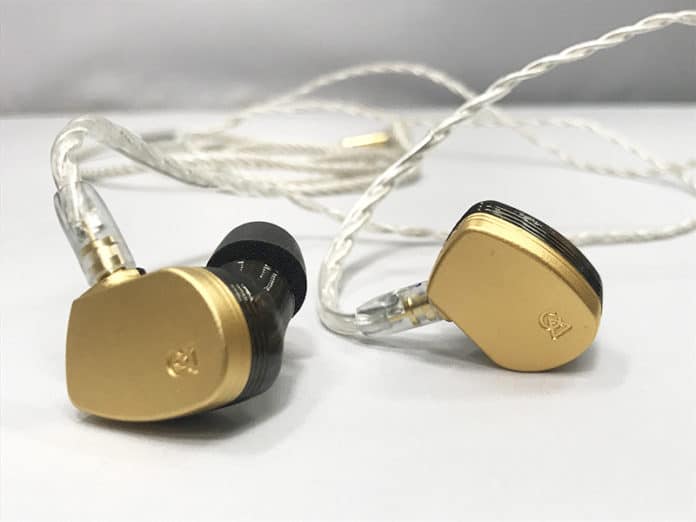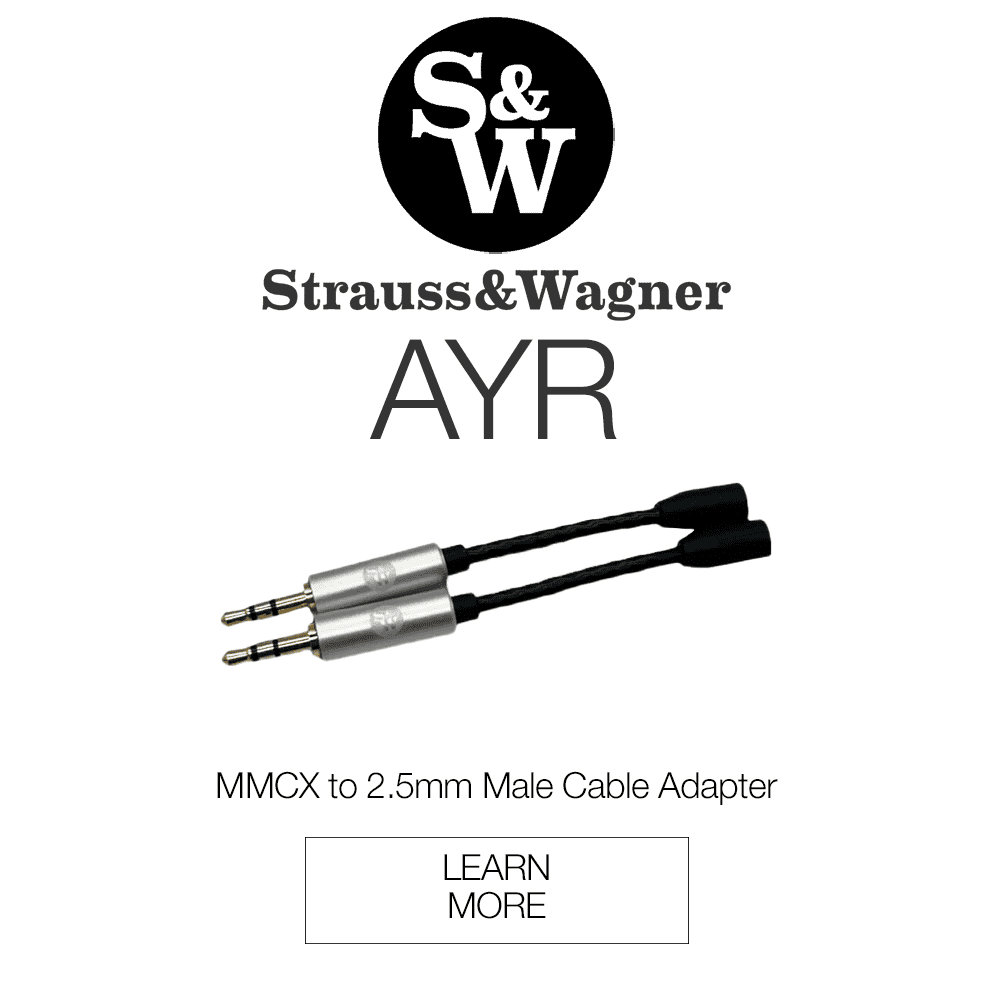Whenever folks ask about what sound signature I prefer, I always say that I appreciate evenness and clarity, but with a little bit of a bass bump. Well, to my pleasure, this week I got a chance to listen to an earphone that fits that description. The Campfire Audio Solaris goes for $1499. So what can you expect from its sound? Let’s take a closer look with this Campfire Audio Solaris Review
In the Box
-Campfire Audio Solaris IEMs
-Super Litz Wire Cable
-earphone cleaning tool
-Campfire Audio pin
-Leather zipping case with faux shearling lining
-Campfire Audio silicone eartips
-Final Audio eartips
-foam eartips
-warranty card and documentation
Specifications
-drivers: hybrid (3 balanced armature, one dynamic driver)
-SPL: 115 dB @ 1 kHz
-THD: <1%
-Impedance: 10 ohms @ 1 kHz
-Frequency Response: 5 Hz – 20 kHz
Design
Look
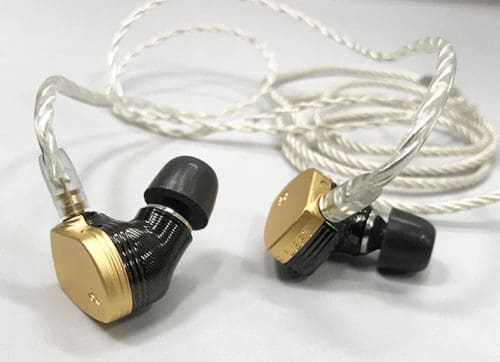
The driver housings of the Campfire Audio Solaris are gorgeous. While slightly larger than I was expecting, small details on the housings provide a sense of opulence. They have a unique shape that ventures from the classic, machine-like look of other Campfire Audio models. Instead, the textured lines across the Solaris give it a sense of waviness and flow, almost shell-like in its vibe. Additionally, the cable of the Solaris, not only is optimal for sound. It also has a classy, expensive look. As a result, the two together look like they could be jewelry.
Fit

While the driver housings are quite bulky, once I found a seal, the Campfire Audio Solaris stayed in place pretty well. I found myself adjusting them a bit, and had the best luck fit-wise with the foam tips. With the other tip options, I found the earphones slipping out of my ears. That said, I have pretty small ears and ear canals and it seems like these driver housings would work better for folks with bigger ears than mine.
Features
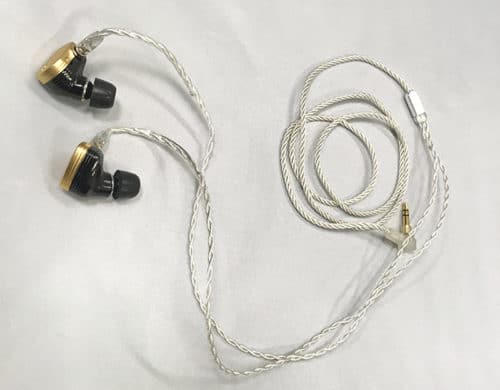
Drivers
The Campfire Audio Solaris features four drivers in total. Two balanced armature drivers are dedicated to the high frequencies. Paired with the T.A.E.C., it extends the highs outward, while avoiding sibilance and harshness. There is one balanced armature driver dedicated to the midrange. Lastly, one dynamic driver is dedicated to the mid and low frequencies. This pairs with the Polarity Tuned Chamber.
Tuned Acoustic Expansion Chamber (T.A.E.C)
The Tuned Acoustic Expansion Chamber inside the Campfire Audio Solaris comes from Campfire Audio’s research while they were making other models. It optimizes the amount of space in front of the driver. As a result, it lets the high frequencies come through with wonderful extension and clarity.
Polarity Tuned Chamber
The Polarity Tuned Chamber inside the Campfire Audio Solaris makes space in front of and behind the dynamic driver. As a result, the driver has more room to really move, providing a greater sense of bigness from the lowend.
Super Litz Cable
In a general sense, I really love the cables that come with all the Campfire Audio IEMs. The Campfire Audio Solaris is no exception. It comes with a super high end Super Litz Cable! The Super Litz Cable consists of four silver-plated copper wires. It is a standard length and its pliability makes it feel manageable.
Sound
Low Frequencies
The low frequencies of the Campfire Audio Solaris feel clear and spacious, yet maintain a sense of aesthetic bigness. I feel a little bit of a boost in the sub frequencies. This boost feels controlled so that the overall level of the lows is balanced and natural sounding. However, they are still able to contribute to the groove of the song and move air for songs that use a big low end for emotional impact.
For example, when I was listening with the Campfire Audio Solaris to the song I’m Callin’ by Tennis, the kick drum felt punchy. It had both a sense of subbiness and quickness when it hit, and as a result, it seemed to dance with the groovy bass guitar in the low-mids. Additionally, the kick had plenty of space around it so that its sustain felt full and uncompromised.
Middle Frequencies
The middle frequencies of the Campfire Audio Solaris, like the lows, marry a sense of fullness, spaciousness, and evenness. As a result, midrange rich instruments come through with a sense of harmonic complexity and accurate naturalness in their tone.
I feel a slight emphasis in the high-mids. These high-mids have a sense of clarity without taking attention away from the surrounding areas of the frequency spectrum.
For example, when I was listening to the Campfire Audio Solaris to the song So Tender by Keith Jarrett, the overtones of his piano were, well, gorgeous. But they were also full and complex. And when the upright bass came in, they both felt fully detailed without stepping on each others’ toes. Additionally, in the high mids, the hammers of the piano were tight and natural sounding. They felt forward in the mix, which created a nice emotional impact, especially as their notes became more dancy and frequent as the song continued.
High Frequencies
The high frequencies of the Campfire Audio Solaris are wonderfully complex and revealing. They have light cut in the upper treble, although I the cut is broad and even. As a result, textures still feel natural and realistic, just slightly quiet quieter level-wise. Additionally, the upper octave seems to have a little bit of emphasis. As a result, there is a sense of glistening air on all mixes. However, this emphasis doesn’t pull one’s attention to the air. Rather, it provides a pretty aesthetic, especially to mixes that have high-frequency rich instruments like cymbals and strings.
For example, when I was listening with the Campfire Audio Solaris to the song Fever by Ray Charles featuring Natalie Cole, the finger snaps and hand drum come through clearly and with a sense of light texture and realism. They sit forward a bit, indicating a very slight boost in the lower treble. Additionally, the beautiful, long, and sparse cymbal hits feel full and realistic with a hint of air on top. These maintain a useful sense of separation from the high frequency air in Natalie Cole’s voice and the textural rasp of Ray’s voice.
Soundstage
The soundstage of the Campfire Audio Solaris benefits from its high frequency and low frequency extension height-wise. There is a sense of strong contrast between the tallness of high frequency rich instruments and the lowness of deep, foundational, low frequency instruments. Additionally, the sense of width feels spacious and has nuance. Panning feels effortless to notice, yet maintains a solid sense of phantom center. As a result, the two separate earpieces have a sense of unity and marriage by way of middle panned bass guitars and vocals.
Lastly, the low noise floor of the cable combined with the sense of spaciousness I’ve described brings nuance and purity to the sense of depth. This subtlety in gradation is heightened by the clarity in the midrange which reveals reverbs and room mics in an aesthetically pleasing and delicate way.
For example, when I was listening with the Campfire Audio Solaris to the song Slow Burn by Kacey Musgraves, Kacey’s bright and airy vocal sits on top in the vertical domain. In between her words, I heard the light decay of the reverb. Her vocal also feels quite forward depth-wise. This contrasted accurately with the further-back-in-space sounding banjo, which is panned slightly to the right when it enters. There’s a similar sense of contrast panning and depth wise when the midrangy rhodes comes in during the instrumental interlude between the first fake chorus and the second verse. Finally, when the drums and bass enter in the second verse, the kick drum and bass guitar feel anchored at the bottom of the vertical domain. Other midrange spacey-sounding instruments (synths?) feel further back in space. Then the strings really show of the nuance of the depth when they enter because of how far off they sound compared to the other moving parts.
Overview
Overall, the Campfire Audio Solaris combines one of my favorite sound signatures (a sense of clarity with a little bit of a bass bump) with active dynamics and a brilliant soundstage. These earphones won’t be for those of you looking for a perfectly neutral IEM, but for those looking for something that adds a sense of aesthetics to the realism we all want and need for harmonically complex instruments, the Solaris is definitely one to explore!
The Campfire Audio Solaris is available for the best price here:
Audio46: https://audio46.com/products/campfire-audio-solaris-2020 https://audio46.com/products/campfire-audio-solaris-in-ear-monitor
MajorHiFi may receive commission through retail offers.
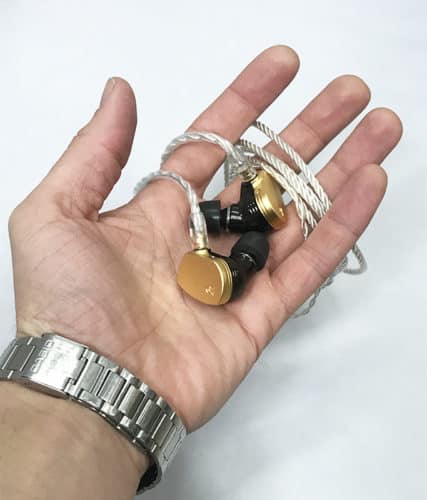
Compare the ranking of various headphones, earbuds and in-ear monitors using our tools.
Discuss this, and much more, over on our forum.
---MAJORHIFI may receive commissions from retail offers.


